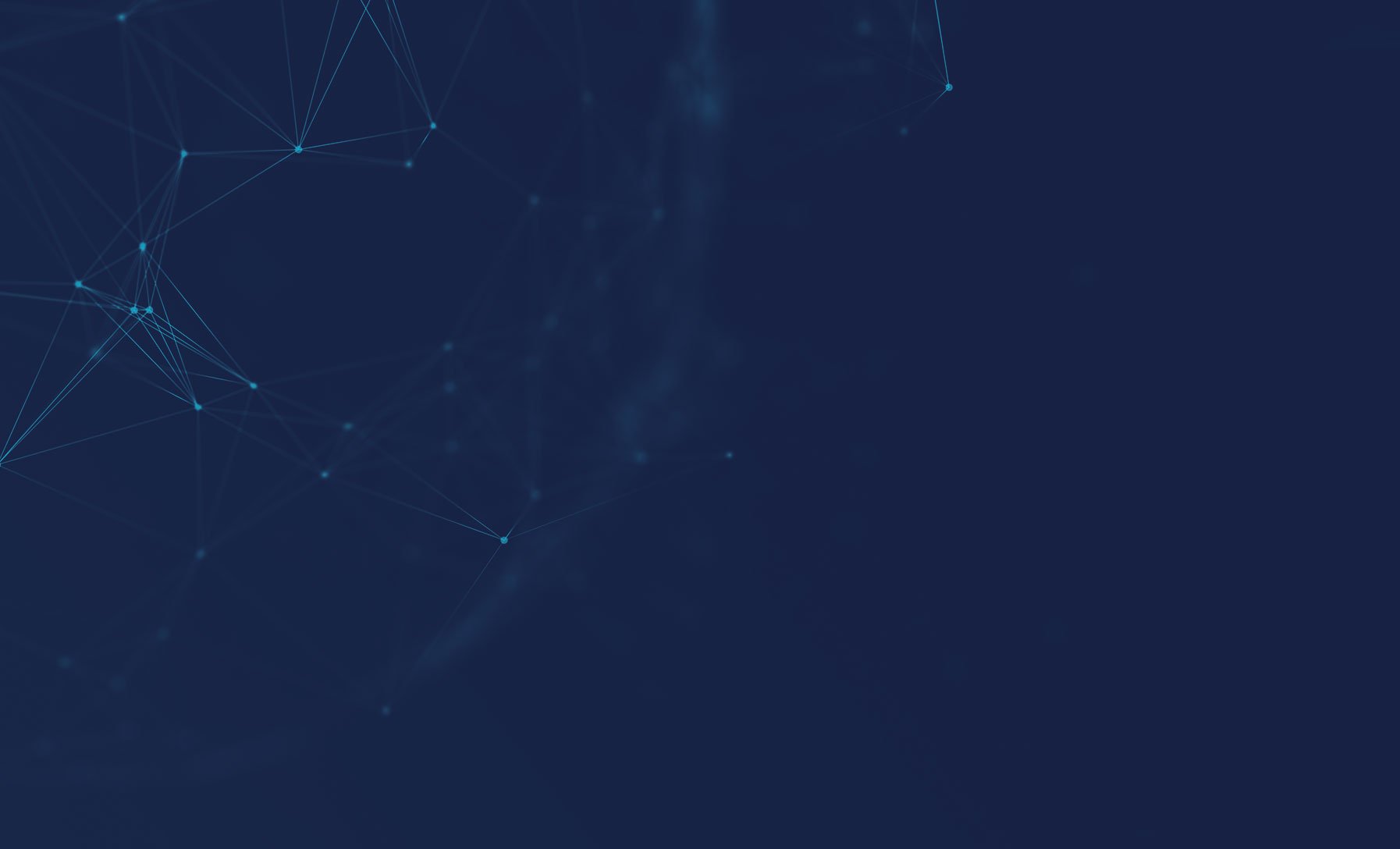
Supply Chain Mapping Software
Supplier discovery that works, powered by the only software to map 70-90% of Tier-2 and Tier-3 suppliers automatically.
Manage the Extended Supply Chain
If you don't know your end-to-end supplier network, you don't know your business. Supplier discovery is a business process pioneered by Sourcemap that connects direct and indirect suppliers, sites, shipping lanes and transactions for an up-to-date graph of your entire global operations. Don't let it surprise you - it only takes 6-12 weeks to onboard your entire supplier base.
The New Supplier Due Diligence
Supplier discovery is the foundation for supply chain due diligence, whether you're reporting on forced labor compliance, the German Supply Chain Act LkSG, the Corporate Sustainability Due Diligence Directive CSDDD, conflict minerals reporting CMRT, the California Transparency in Supply Chain Act, UK Modern Slavery Act, French Vigilance, and more. Before a shipment gets held up at customs, prepare a complete due diligence report with our supply chain mapping tool.
Trust and Verify
Sourcemap collects first-hand data from indirect suppliers as required under due diligence law - no guessing via public data, AI or outdated market intelligence stats. The benefits of first-hand data collection are many: supplier-attested data is accurate, proprietary, and establishes an open channel with suppliers that is essential when corrective actions need to be implemented. Sourcemap logs all activity including meta-data and asks for corroborating evidence in the form of business documents so that every link in the supply chain can be independently verified against third-party databases and a complete audit trail can be produced.
Our Expert Supplier Engagement Team Makes the Difference
When you map your supply chain using Sourcemap you will discover between five and twenty-five times more suppliers than you originally knew. Our engagement team is there to make certain that all of the discovered suppliers are onboarded, from invitations to trainings and regular reminders in local language and timezone.
Engineer the Perfect Upstream Supply Chain
Reducing inventory, increasing resilience, eliminating defects, assuring delivery times - it can't be done without visibility to Tier-2. Savvy companies use the intelligence gathered during supplier discovery to fix their supply chains from the bottom up, and to negotiate their way to a more resilient, cost-efficient and fraud-free supply chain.
The Only Automated Solution
You may not think you have too many suppliers - until you start discovery. Sourcemap Supplier Discovery is ready to launch in under one week, and is the only software that automatically cascades invitations from Tier-1 to Tier-2, Tier-3, …, all the way to the raw material.
Benefit from World-Class Support
Our customers love us, and the reason is simple: Sourcemap's supply chain specialists will be there every step of the way to train you, suggest advanced strategies, and make the best of your supply chain discovery. Get started within 24 hours of requesting a demo.
FAQs
-
People have been mapping supply chains as long as they’ve been making maps. But traditional maps only provide a summary view - they don't show how supply chains change in real time. Modern supply chain mapping is the process of engaging across companies and suppliers to document the exact source of every material, every process and every shipment involved in bringing goods to market. Accurate supply chain mapping only became possible with the rise of online maps and the social web. The first online supply chain mapping platform was developed at the Massachusetts Institute of Technology in 2008 (the underlying open source technology is the basis for Sourcemap). Read More
-
The concept of supply chain transparency was virtually unknown 15 years ago, yet today it commands the attention of mid- and senior-level managers across a broad spectrum of companies and industries.
The reasons for this increased interest are clear: Companies are under pressure from governments, consumers, NGOs, and other stakeholders to divulge more information about their supply chains, and the reputational cost of failing to meet these demands can be high. For example, food companies are facing more demand for supply-chain-related information about ingredients, food fraud, animal welfare, and child labor. Less clear, however, is how to define transparency in a supply chain context and the extent to which companies should pursue it: an MIT study that mapped definitions of supply chain transparency related to labor practices in the apparel industry found vastly different definitions across organizations.
-
Companies are under increased pressure from governments and regulators to ensure that their products are compliant with human rights and environmental standards. The only way for companies to ensure their supply chains are "clean" is by mapping their supply chains down the raw materials using auditable, verifiable data.
-
Downstream is logistics. Where are the pair of sneakers that I ordered, and when will they arrive from the warehouse to the store? Sourcemap is not a logistics solution provider.
Sourcemap maps the end to end upstream supply chain. Where was the leather sourced that was used to make that pair of sneakers, and how many suppliers did that pair of sneakers have to go through as it was being made?



